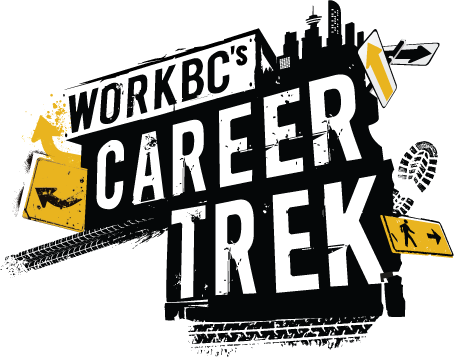
Active learning
Understanding how new information could be used to solve current and future problems in making decisions.

Active listening
Giving full attention to what other people are saying, taking time to understand the points being made, asking questions as appropriate, and not interrupting at inappropriate times.

Complex problem solving
Being able to solve novel, ill-defined problems in complex, real-world settings.

Coordination
Adjusting actions in relation to others' actions.

Critical thinking
Using logic and reasoning to identify the strengths and weaknesses of alternative solutions, conclusions or approaches to problems.

Equipment maintenance
Performing routine maintenance on equipment and determining when and what kind of maintenance is needed.

Equipment selection
Determining the kinds of tools and equipment needed to do a job.

Installation
Installing equipment, machines, wiring, or programs to meet specifications.

Instructing
Teaching others how to do something.

Judgment and decision-making
Considering the relative costs and benefits of potential actions to choose the most appropriate one.

Learning strategies
Choosing and using training, instructional methods and procedures appropriate for the situation when learning or teaching new things.

Management of financial resources
Determining how money will be spent to get the work done and accounting for these expenses.

Management of material resources
Getting and seeing to the appropriate use of equipment, facilities, and materials needed to do certain work.

Management of personnel resources
Motivating, developing and directing people as they work, and identifying the best people for the job.

Monitoring
Keeping track of and assessing your performance, other individuals, or organizations to make improvements or take corrective action.

Negotiation
Bringing others together and trying to reconcile differences.

Numeracy
Using mathematics to solve problems.

Operation and control
Controlling operations of equipment or systems.

Operation monitoring
Watching gauges, dials or other indicators to make sure that a machine is working properly.

Operations analysis
Analyzing operational and product needs to create a design.

Persuasion
Convincing others to change their mind or behaviour.

Programming
Writing computer programs for various purposes.

Quality control analysis
Conducting tests and inspections of products, services or processes to evaluate quality or performance.

Reading comprehension
Understanding written sentences and paragraphs in work-related documents.

Repairing
Repairing machines or systems using the needed tools.

Science
Using scientific rules and methods to solve problems.

Service orientation
Actively looking for ways to help people.

Social perceptiveness
Being aware of others' reactions and understanding why they react as they do.

Speaking
Talking to others to share information effectively.

Systems analysis
Determining how a system should work and how changes in conditions, operations and the environment will affect outcomes.

Systems evaluation
Identifying measures or indicators of system performance and the actions needed to improve or correct performance, while meeting the goals of the system.

Technology design
Creating or adapting equipment and technology to serve user needs.

Time management
Managing one's own time and the time of others.

Troubleshooting
Determining causes of operating errors and deciding what to do about it.

Writing
Communicating effectively in writing as appropriate for the needs of the audience.

